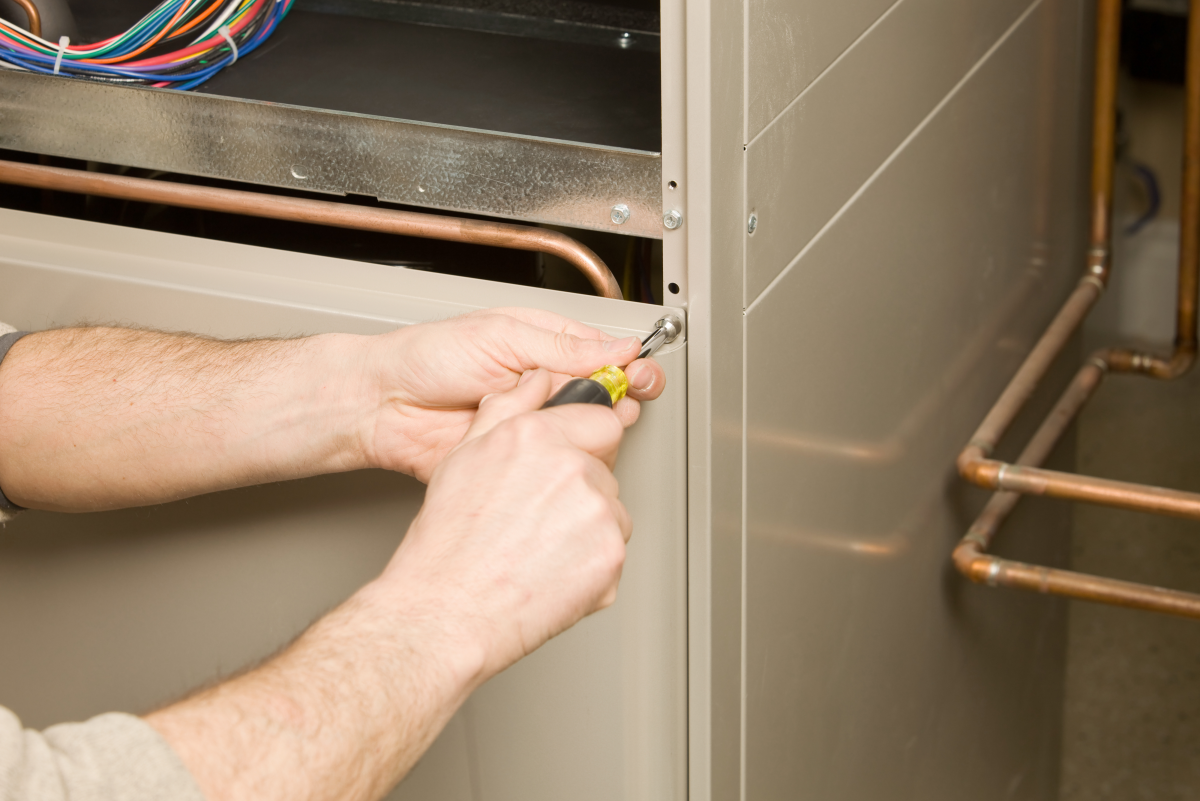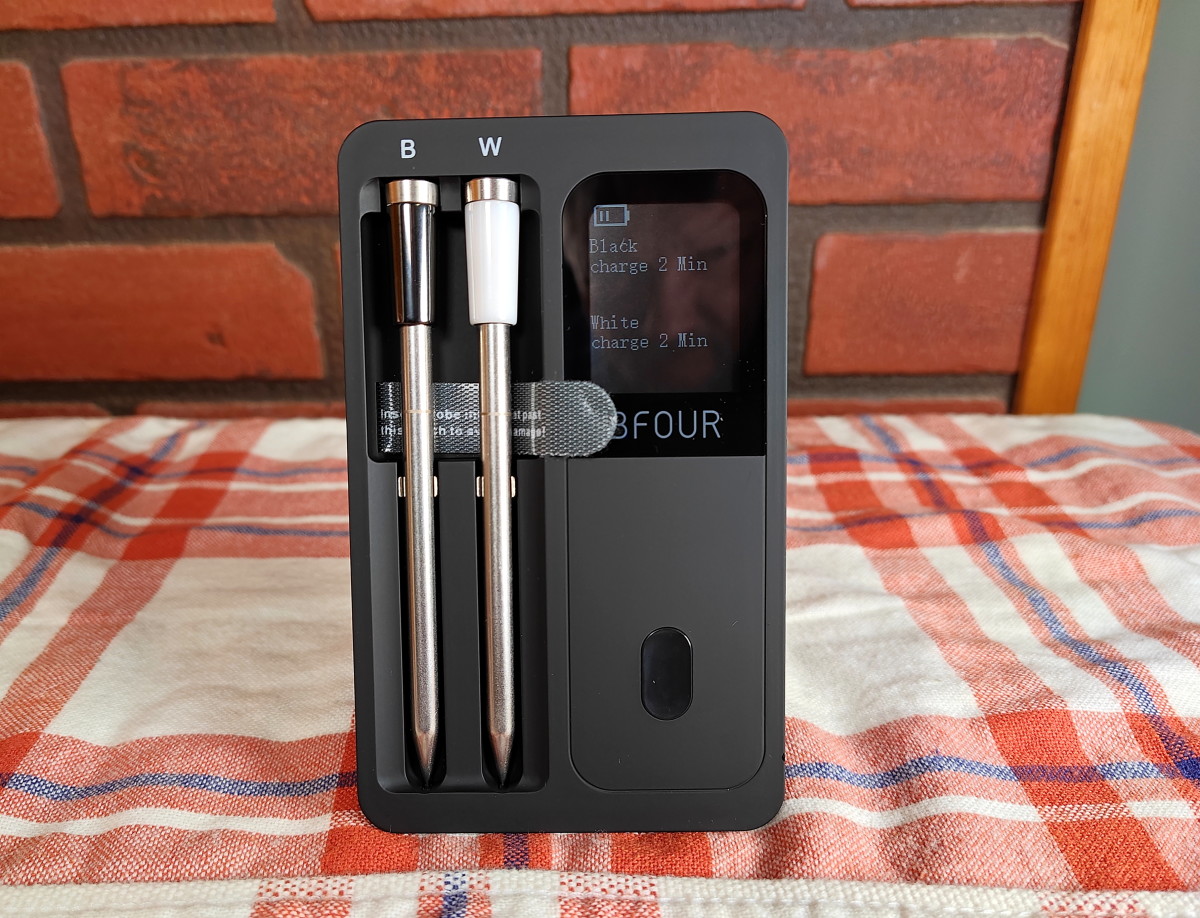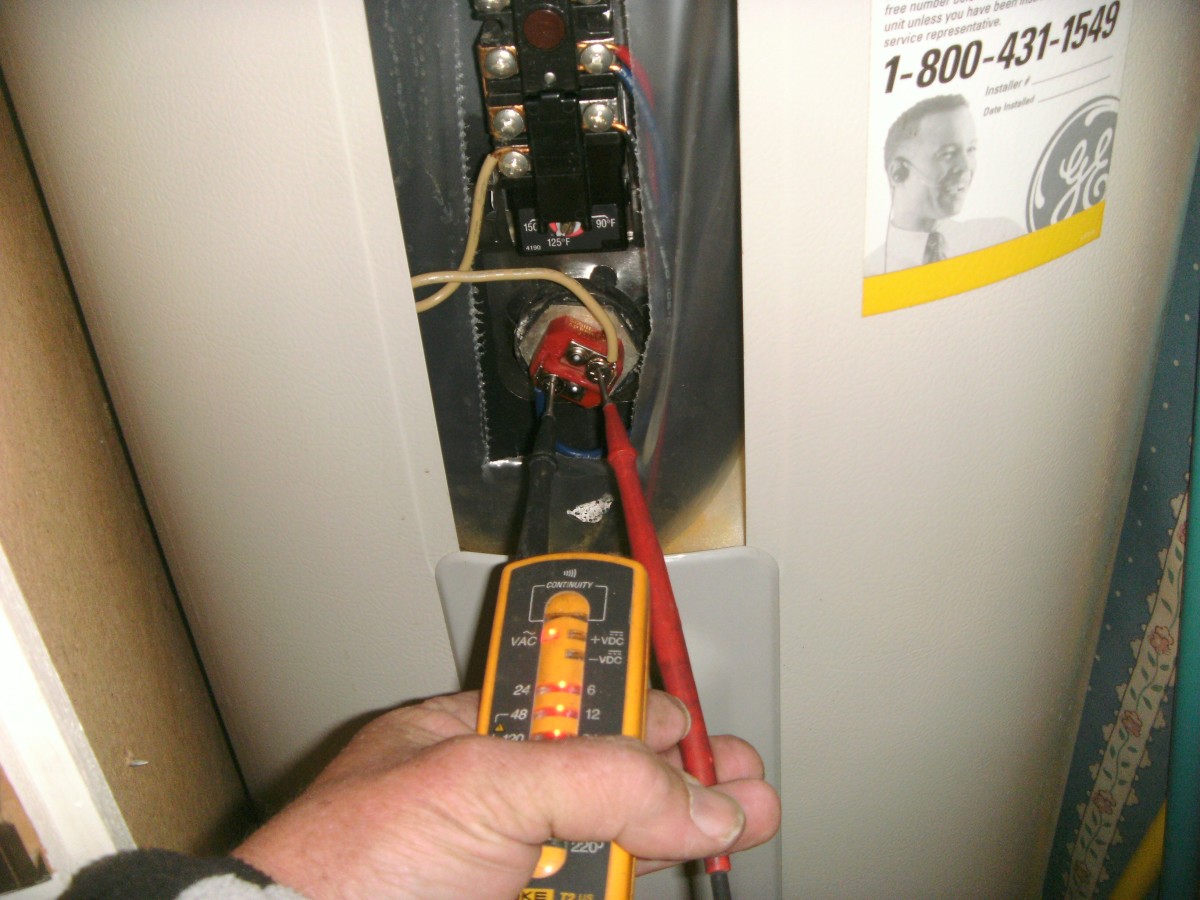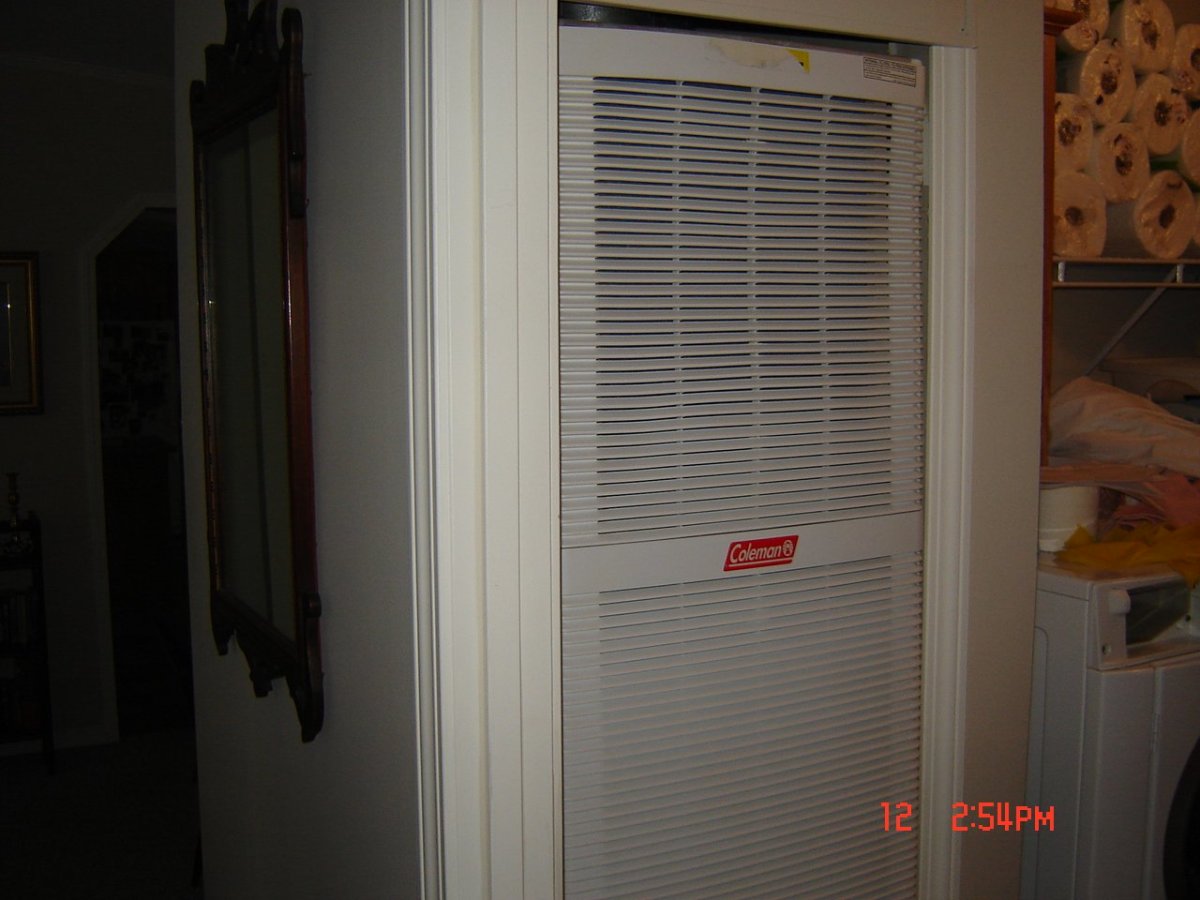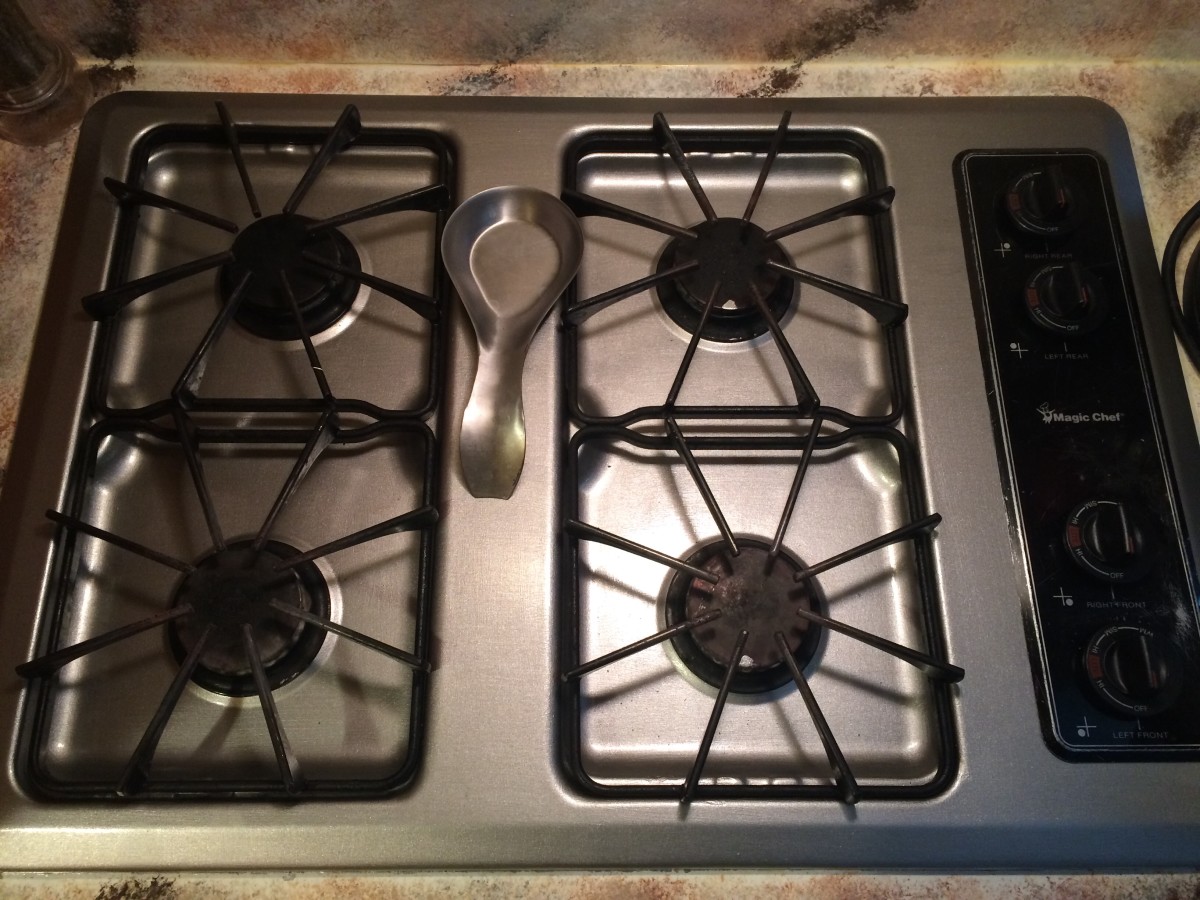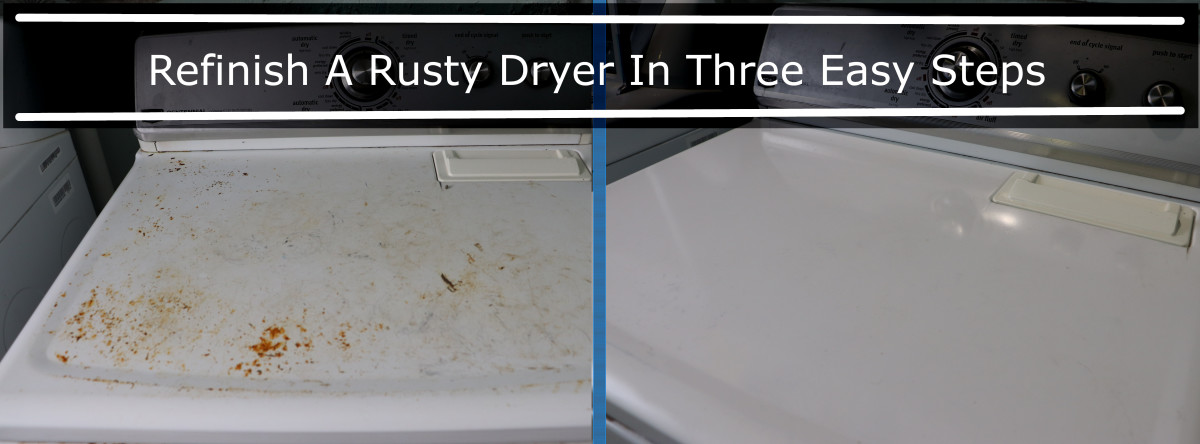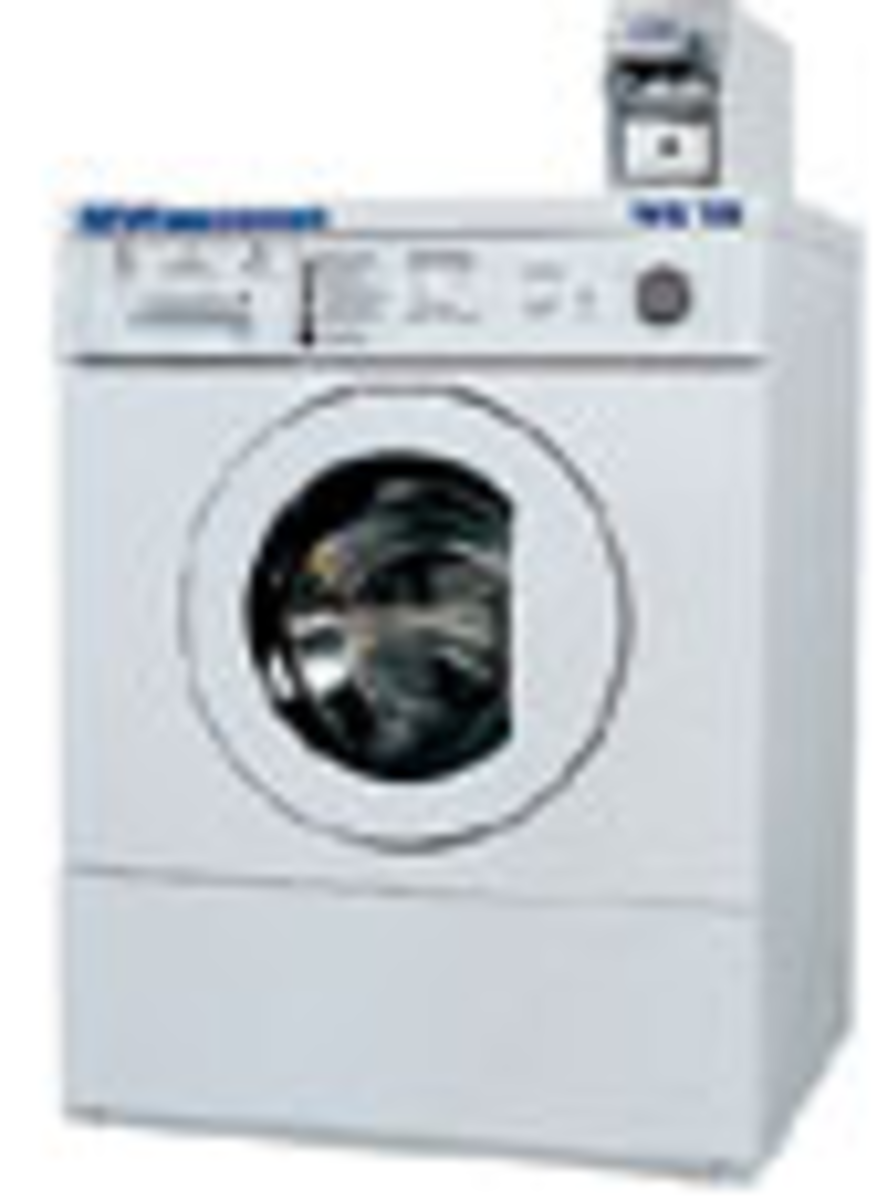Mechanical, Digital or Wireless Thermostat?
Depending on which side of the equator you live, you're coming into either the depths of winter or peak summer season. Maintaining a decent temperature in your home is important in either case, as is being as saving and economical.
Homes are often left empty for a good part of the weekdays, so there's no real need to keep the temperature at optimum levels while there's no one in the house. Of course, there's no question about how nice it is to come home to a warm or cool house after a long day at work. What's the solution? In most cases heating or cooling your home can be managed simply by installing a good room thermostat and connecting it to your cooling or heating unit.
Room thermostats can be installed to switch your heating or cooling system on and off whenever necessary, in order to maintain a certain pre-set temperature. A programmable, digital room thermostat is the best as it allows you to control the temperature throughout the day, selecting different settings for different times during the day or even allowing the days of the week to have their specifically set patterns of temperature control. The wireless room thermostat allows you to take readings from any room in the house, making them perfect for families with young children, or elderly couples or other situations where you have specific needs for different rooms in the house.

Digital, Mechanical or Wireless Thermostat
Mechanical thermostats are often labelled as 'old fashioned thermostats'. They are not programmable, and they do not do as well as regulating a room temperature as a digital thermostat. In spite of being the oldest type of thermostat, they are still in regular use mainly because they're very simple to install and use, and they are cheap to buy. Older houses especially often still have this type of thermostat installed.
Mechanical thermostats have coiled metal inside them, which expands or contracts depending on the temperature. This isn't the most accurate way to control temperature, though it has been sufficient for most people for many years. Still, they do result in inaccurate temperature readings, and they have been said to keep the temperatures higher than is set. With the concern we all have today for being energy saving, it is good to remember that for every 1°C higher your room temperature goes, you use up to 10% more energy.
Another con to using this type of thermostat is that it is often slower in its response time when the room temperature falls and it can sometimes take a while to kick in. This causes wider temperature fluctuations during the course of a day.
There are many different types of digital thermostats currently on the market. You can have the simple digital thermostat with no programming capabilities; alternatively there is the programmable digital thermostat with option for better controlling the heating or cooling of your home.
Non-programmable digital thermostats operate the same way as the mechanical one, with the main difference being that the metal coil inside the thermostat is replaced by an electric temperature sensor. A small microprocessor set inside of the thermostat sends start of stop commands to the heating or cooling system, depending on the reading it takes and the selected temperature setting. They are more accurate than the mechanical thermostats, but you still have to set the desired temperature manually, and change it manually during the course of the day or of an evening.
The advantage of using a programmable digital thermostat, is that you can control it so that your house is pre-heated (or cooled down) by the time you get home. The temperature control is also a lot more accurate than with the mechanical thermostat and there's less fluctuation as it keeps the temperature steady, as it has been set, throughout the day.
The wireless thermostat has two parts to it. The receiver is wired to the heating or cooling unit, and can be placed anywhere, wherever there are available wires. Once the receiver is installed in it's place, the actual thermostat unit can go anywhere in your home, up to a range of 500 feet, and read and transmit back the temperature to the stationary receiver. The thermostat uses radio signals to transmit, and will send those signals through walls, ceilings and floors. As the temperature sensor is on the actual thermostat, you can take the thermostat from room to room, wherever you need the optimum temperature and it will regulate it to that specific room.
There are four common ways to program thermostats:
1. 1-Day
Programming: Ideal temperature is set to change throughout the day, depending
on the need.
2. 5-2 Days Programming: Using this program you can regulate the temperature
control to be different during the weekend, than it is during the work-week.
3. 5-1-1 Days Programming: This allows for the regular work-week program, and then has separate programs for each day of the weekend.
4. 7 Days Programming: Perhaps the most complex to set up, this program allows you to set different temperature controls for each day of the week. Helpful if you have non-regular schedules, or part-time jobs, etc.
Placement of Thermostat
Your room thermostat should be placed somewhere convenient, so it's easy to access. The best place for them is in the rooms where you spend the most amount of time.
It's best if they're placed about five feet off the floor. Having them too close to an outside wall can affect their readings, so it's best to put them up on an inner wall.
Other heat sources can also affect their readings, so watch out that they're not too close to the fireplace, heaters, appliances or lamps. They also shouldn't be close to windows or where direct sunlight hits them.
They need free flowing air around them, in order to properly sense the room temperature so make sure they're not blocked or covered by furniture or curtains. Some have also mentioned that they are better installed on a flat wall surface, and not in a stairwell or corner.
Video-How to Install a Thermostat
Buying a Room Thermostat
There are a few things to keep in mind when buying your mechanical, digital or wireless thermostat:
Display--a large, easy to read size is preferable. Is there automatic back-lighting?
Program options: Some come with a 5/2 day or 7 Day Programming software.
Temperature Hold Facility
Holiday Facility
Mounting, does it mount flush with the wall?
Can you choose to read temperatures as °C or °F
How many changes in room temperature can you program?
Look for a key locking ability, perfect for stopping kids or other well-meaning folks from fiddling with the settings.
Remote control should be available
Bob's Home Improvement Hubs
- Buying a Concrete Mixer
The concrete mixer combines cement, sand or gravel and water to make concrete. Mixing concrete yourself, by hand, without using a concrete mixer can be pretty grueling and challenging work. My dad, a... - The Cheap Bathroom Vanity
When remodeling your home, bathroom renovations have the highest rate of return on your home improvement investment dollars.One important item to consider when remodeling is the bathroom vanity unit. Buying...
Other Related Links
- The Diesel Heater
Every year there are fatalities among campers due to improper heating used in their motor homes or caravans. Ever wondered what the best heater to use when camping is? Well, surprisingly enough the diesel... - Propane Heaters
Propane heaters are useful, not only in and around the home, but particularly anywhere that you'd need a portable heater. Ideal places for using propane space heaters, for example, are in fishing or hunting... - The Wood Heater
While writing on the subject of heaters, it goes without saying that I have to review the wood heater. Oftentimes thought of as old-fashioned, or something that was useful in the past but has since become... - Heaters for your Home
This is the first in a series where I am going to address different ideas for heating your home. I will cover the pro's and con's of different heaters and hopefully make some suggestions on what type of... - The Natural Gas Heater
Presently, more Americans use a natural gas heater than any other type of heating system. In other parts of the world, gas heating is also commonly used as it is one of the cheaper systems available. With... - All About Heaters | Information on buying and installing heaters
All you need to know when it comes to buying and installing room heaters


